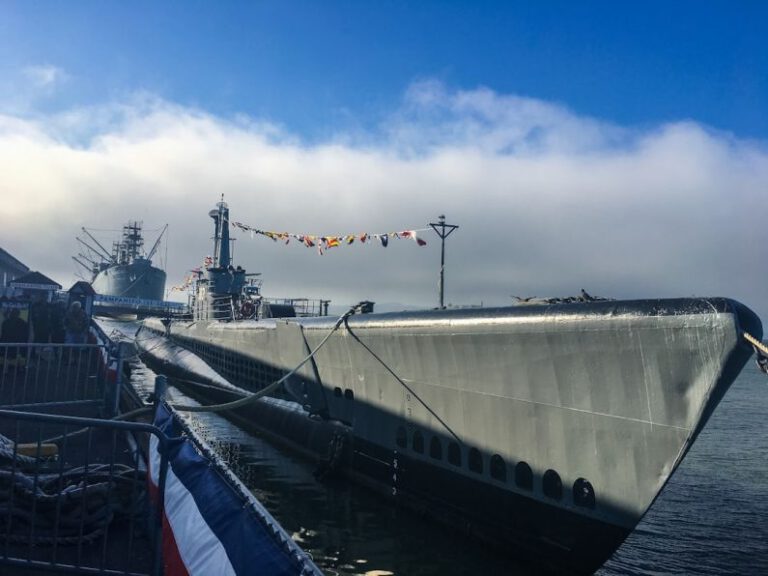Oceanic Drones: Exploring the Unseen Depths
The vast expanse of the ocean has always captivated human curiosity, with its depths holding mysteries waiting to be uncovered. In recent years, advancements in technology have paved the way for oceanic exploration like never before. One such innovative tool that has revolutionized marine research is the oceanic drone. These unmanned underwater vehicles (UUVs) are equipped with cutting-edge technology, enabling scientists to delve into the unseen depths of the ocean with precision and efficiency.
**Unraveling the Mysteries of the Deep**
Oceanic drones have opened up a new frontier in marine exploration, allowing researchers to study the depths of the ocean that were previously inaccessible. These drones are equipped with a variety of sensors and cameras that can capture high-resolution images and collect data on marine life, underwater topography, and oceanic conditions. By navigating through underwater canyons, exploring deep-sea vents, and mapping the ocean floor, oceanic drones are providing scientists with valuable insights into the hidden world beneath the waves.
**Monitoring Marine Life**
One of the key applications of oceanic drones is the study of marine life in its natural habitat. These drones can capture footage of marine species in their underwater environment, providing researchers with valuable information about their behavior, population dynamics, and habitat preferences. By monitoring marine life from a safe distance, oceanic drones can help scientists study and protect fragile ecosystems without disturbing them.
**Mapping the Ocean Floor**
Another important use of oceanic drones is in mapping the ocean floor with unparalleled detail and accuracy. By using sonar technology and advanced mapping software, these drones can create high-resolution 3D maps of the seabed, revealing underwater features such as ridges, trenches, and seamounts. This information is crucial for understanding oceanic geology, identifying potential mineral resources, and planning underwater infrastructure projects.
**Monitoring Oceanic Conditions**
Oceanic drones play a crucial role in monitoring and collecting data on oceanic conditions such as temperature, salinity, and acidity. By deploying a network of drones across different ocean regions, scientists can gather real-time data on ocean currents, marine heatwaves, and other environmental factors that impact marine ecosystems. This data is essential for predicting and mitigating the effects of climate change on the ocean and its inhabitants.
**Advancements in Oceanic Drone Technology**
Recent advancements in oceanic drone technology have further enhanced their capabilities and versatility. Newer models are equipped with longer-lasting batteries, improved sensors, and autonomous navigation systems, allowing them to operate at greater depths and for extended periods of time. Some oceanic drones are even capable of self-repair and self-charging, making them more resilient and cost-effective for long-term marine research missions.
**Exploring the Unseen Depths**
Oceanic drones have revolutionized the way we explore and study the ocean, providing scientists with unprecedented access to the unseen depths of the underwater world. By unraveling the mysteries of the deep, monitoring marine life, mapping the ocean floor, and monitoring oceanic conditions, these innovative tools are helping us better understand and protect our oceans for future generations. As technology continues to evolve, so too will our ability to explore and appreciate the vast and diverse ecosystems that lie beneath the waves.






